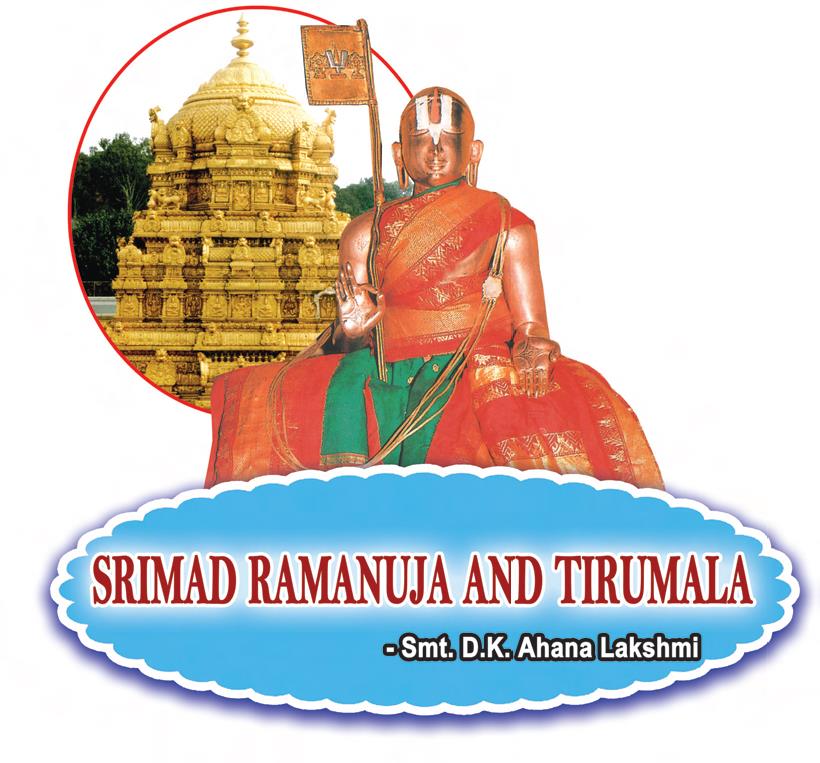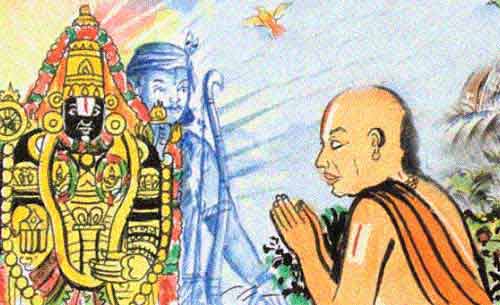Sri Ramanuja Jayanti Sri Ramanuja, the Vaishnavaite philosopher, was born in Sriperumbudur near Chennai. He spent his life between Kanchipuram, Srirangam and Melkote. A significant portion of his time was spent travelling around India. Amongst the many places where his influence has been felt is Tirumala, the abode of Lord Venkateswara. He was not just Read More
Tag: Sri Bhagavad Ramanujacharya
Sri Bhagavad Ramanujacharya, the Vaishnavaite philosopher, was born in Sriperumbudur near Chennai. He spent his life between Kanchipuram, Srirangam and Melkote. A significant portion of his time was spent travelling around India.
Tirumala Nambi – Sri Ramanujacharya’s maternal uncle
Tirumala Nambi – One among 5 Gurus of Sri Bhagavad Ramanujacharya Tirumala Nambi, who served God was also a great scholar in Sanskrit as well as Dravidian language i.e., Tamil. He was one among the five gurus of Sri Bhagavad Ramanujacharya who advocated Vishista Advaitha philosophy. Not only this, Tirumala Nambi was Sri Ramanujacharya’s maternal Read More


